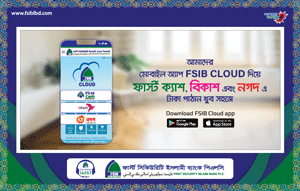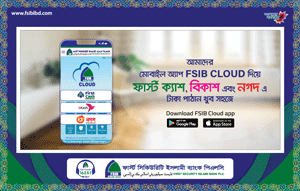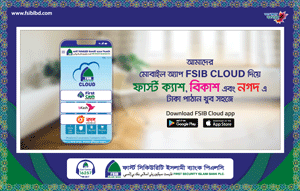At a seminar titled “Reversing the Outbound Healthcare Tourism” held at the Dhaka Chamber of Commerce & Industry (DCCI) Auditorium on 23 November 2024, DCCI President Ashraf Ahmed underscored the growing trend of middle-income households in Bangladesh seeking medical treatment abroad.
He attributed this to limited confidence and customer satisfaction in local healthcare services, despite the availability of many treatments.
Ahmed highlighted the need for a comprehensive approach to enhance the ecosystem of healthcare services, noting that customer satisfaction derives from the entire experience, encompassing not only treatment quality but also the efficiency of hospital staff, including nurses, administrators, and technologists. To counter the outflow of patients, he advocated for outperforming regional competitors by delivering higher-quality services, improving reliability, and establishing a robust brand reputation. Opening pathways for foreign healthcare professionals to work in Bangladesh was also suggested.
According to Ahmed, outbound medical tourism is not primarily driven by cost disparities, as travel and living expenses often render foreign treatment more expensive.
Instead, the lack of international standards and trust plays a pivotal role. Citing WTO data, he pointed out that 49% of Bangladeshis lack access to quality healthcare, further fuelling the trend.
He called for investments in advanced infrastructure, modern technologies, and an overhaul of healthcare policies to simplify registration processes for foreign professionals and eliminate bureaucratic complexities.
DCCI Senior Vice President Malik Talha Ismail Bari, presenting the keynote paper, noted that Bangladesh allocated Tk 30,125 crore for healthcare in FY2024-25, constituting only 3.78% of the national budget. In comparison, South Asia’s average per-capita health expenditure in PPP terms stands at $401, while Bangladesh lags significantly at $110.
He revealed that the overseas healthcare tourism market from Bangladesh was valued at approximately $4 billion in 2012. Infrastructure bottlenecks, workforce shortages, and a low doctor-patient ratio exacerbate the challenges, with 36 specialised hospitals unevenly distributed nationwide.
While Dhaka alone accounts for 1,810 of the country’s 5,461 private hospitals, rural areas suffer from inadequate healthcare access, increasing pressure on urban facilities.
National Professor Dr AK Azad Khan, President of Bangladesh Diabetic Samity, stressed the need for a strategic roadmap to address bottlenecks, including standardisation of laboratories, increased budget allocation, and curriculum reforms to align with evolving technologies.
Dr Md Liaquat Hossain of the Bangladesh Medical & Dental Council suggested simplifying the registration process for foreign doctors and emphasised the establishment of international standard training institutes.
Similarly, Dr Syed Abdul Hamid from Dhaka University advocated for a separate health cadre and the creation of a Medical Accreditation Council to enhance administrative efficiency.
Dr Rezaul Karim Kazal of BSMMU highlighted the importance of trust in developing the healthcare sector and called for trustee hospitals and customised services to cater to diverse patient groups.
Meanwhile, Dr Abul Bashar Md Jamal of Dhaka Medical College emphasised the need to focus on producing medical devices and expanding skilled manpower, noting that only 33,000 of Bangladesh’s 134,000 doctors serve in government roles.
Dr Mir Saaduddin Ahmad of the Bangladesh Society of Emergency Medicine pointed to the country’s effective management during the Covid-19 pandemic as a testament to its healthcare potential.
He called for strengthening emergency care platforms with world-class facilities and personnel to foster greater trust among patients.
The seminar concluded with a consensus that targeted investments, structural reforms, and strategic branding are critical to reversing the trend of outbound medical tourism and ensuring equitable access to quality healthcare across Bangladesh.


















